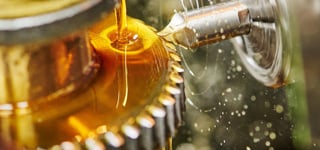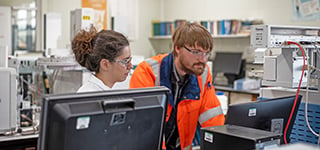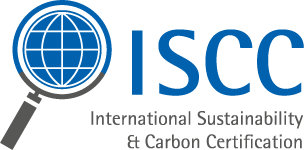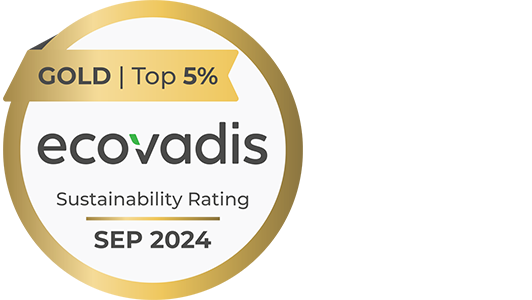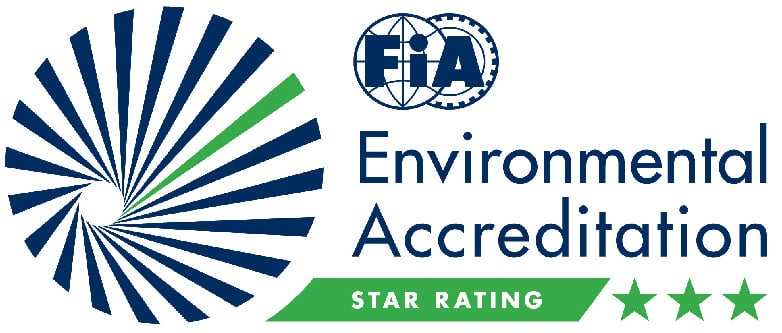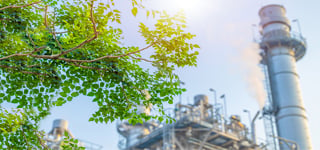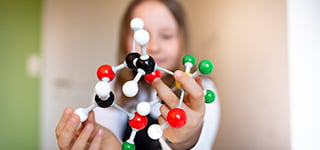As blowing agents in insulating foams Haltermann Carless' Cyclopentanes contribute to the energy efficiency goals of the European Green Deal.
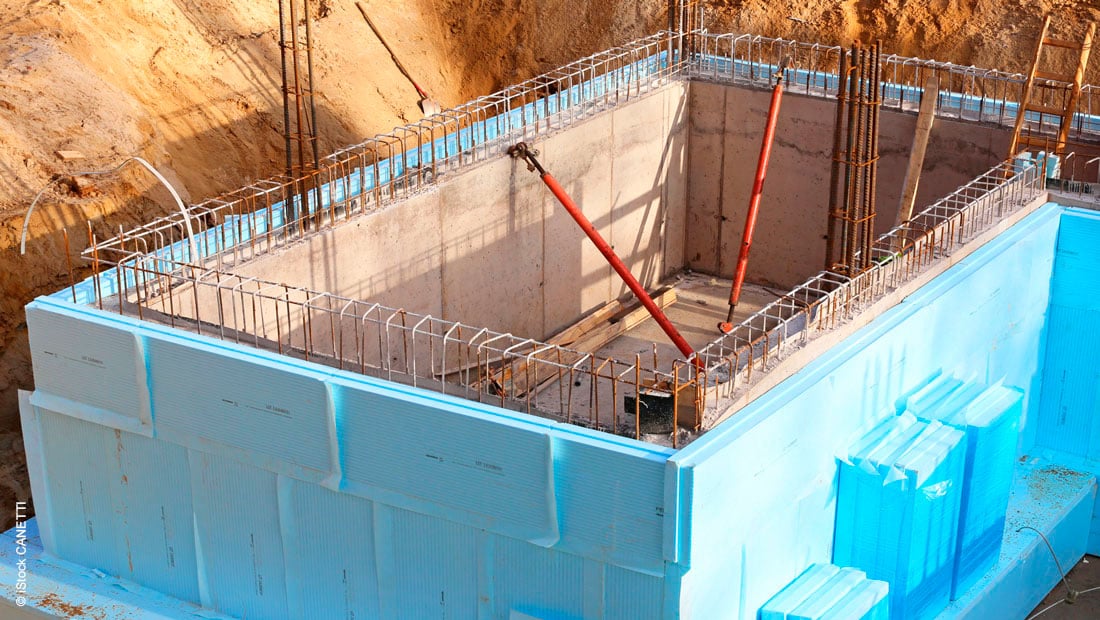
Insulation is a major topic in the construction industry - providing higher energy efficiency, generating cost savings and supporting an improved climate balance. To achieve this, insulation with particularly good insulating properties is needed. Cyclopentane as a blowing agent in insulating foams contributes to the energy efficiency goals of the European Green Deal. Haltermann Carless is a key supplier and will soon be able to offer increased volumes of Cyclopentane to the market reducing the shortfall of this important product and assisting the insulation industry to meet their 2030 climate targets.
Our society and our planet are undergoing a transformation that we have not seen since the Industrial Revolution over one hundred and fifty years ago. Energy efficiency is the clearly defined goal for everyone. Recently, the European Commission has released its “Fit for 55” program, outlining a roadmap to the achievement of climate neutrality in the EU by 2050, with an intermediate climate target of at least a 55 percent net reduction in greenhouse gas emissions by 2030. This is a substantial increase compared to the previous target of a minimum 40 percent reduction and will have significant influence on the way we live and carry out business within the EU.
Enhancing energy efficiency in buildings
The building sector is vital in the transition to climate-neutrality. At the moment, buildings account for 40 percent of the EU’s energy consumption and about 36 percent of European greenhouse gas emissions. No other sector in the EU uses more energy or emits more carbon dioxide. Since most of the buildings that we will occupy in 2050 have already been built, the main challenge is to renovate these existing buildings to make them more energy- and carbon-efficient.
To help the European built environment evolve towards a climate-neutral, circular and sustainable future, there are different options available. One way to enhance the energy efficiency of buildings is to ensure a proper insulation. There are different materials available for insulation, where blowing agents play an important role:
- Expanded Polystyrene (EPS):
The rigid foam insulation material, known Styrofoam or by the brand name Styropor® is made from styrene, an aromatic hydrocarbon. This is industrially processed into the polymer polystyrene. Expanded into EPS foam, it is used in various applications. Alternatively, polystyrene can be processed into insulation boards as continuous goods, then called "XPS". Foamed polystyrene is a classic among thermal insulations; it is easy to process, inexpensive, pressure-resistant and light.
- Rigid Polyurethane (PU) Foam:
Polyurethane consists of the two starting materials, a diisocyanate and a polyol. In addition to rigid foams, soft-elastic variants also exist here, depending on which diisocyanate or polyol is used. PU-foam has very good thermal insulation properties, which allows a thinner insulation layer. It is as durable and pressure-resistant as Styrofoam.
Pentanes – a key component for efficient insulation
Insulation materials would not be able to develop their full performance at all without Pentanes. They serve as blowing agents during the manufacturing process. The foaming process includes low boiling, inert molecules that give the material the desired properties.
Pentanes are therefore indispensable for the insulating performance of modern thermal insulation materials. Their specialist properties as blowing agents and as thermal insulators make them a valuable base material for PU- and EPS foams. As result of their good ecological profile with zero ozone depletion (ODP) and low global warming potential (GWP) as well as their property as low heat conductors (in the case of Cyclopentane) make them an important contribution to greater energy efficiency in buildings and thus help reduce Greenhouse Gas emissions. Pentanes comply with the worldwide regulations for the protection of the stratospheric ozone layer, which have been internationally anchored in the Montreal Protocol since 1987. They are a sustainable alternative to the banned chlorofluorocarbons (CFCs) and to hydrofluorocarbons (HFCs).
Tailor-made Pentanes for optimal performance
Three pentanes are commercially used for blowing foams: n-Pentane, iso-Pentane and Cyclopentane. They all have their strengths. Most of the time, Pentanes are used as individual blends of two or even all three isomers allowing the properties to be optimally adjusted for the intended use. In Polyurethane (PU) foam, Pentanes remain as cell gas. This cell gas has a lower heat-conductivity than ambient air, adding to the insulation of the foam. This is contrary to Styrofoam, which is an open-cell foam. It only requires Pentane for blowing the foam, as the insulation qualities come from the Polystyrene (PS) and the foam itself, and not from the blowing agent.
Cyclopentane is the most valuable Pentane as it contributes to an even greater extent than iso-Pentane and n-Pentane in the insulation properties of a Polyurethane (PU) or Polyisocyanurate (PIR) foam. Though the base materials for Polyurethane are more costly in comparison to Polystyrene (PS), the PU-foam has advantages: The insulation layer is thinner than PS-foam and allows more flexibility in construction.
The iso-Pentane is the lowest boiling isomer, closely followed by n-Pentane. These Pentanes are mostly used for blowing Polystyrene (PS). Due to the physical properties of polymer and blowing agent, all blowing agent evaporates from Polystyrene foam quickly after production.
World's largest source of Cyclopentane
As the only company in Europe that produces all three types of Pentane, Haltermann Carless is in the position to supply tailor-made Pentane blends in any mixing ratio allowing manufacturers of insulation materials to receive the optimum Pentane product for their application. Haltermann Carless has decades of experience in the production of Pentanes. The products are manufactured in Speyer, Germany, with a purity of at least 95 percent serving the strong requirements of the industry. To meet the growing market demand for Cyclopentane and to respond to the shortfall of this much sought-after feedstock, Haltermann Carless is currently investing in a new hydrogenation plant at the production site in Speyer. With its commissioning in Q1 2022, the chemical company will significantly offer new capacity volumes to the global market and become the largest Cyclopentane producer worldwide.
Outlook
Significant energy efficiency potential in building industry can be unlocked through better insulation. The renovation of the EU’s building stock is therefore important for a climate-neutral Europe. Cyclopentanes are fundamental to the insulating performance of modern insulation materials. They make an important contribution to greater energy efficiency in buildings and thus to support the European built environment to achieve a climate-neutral and sustainable future.
xxx
This article has been published in Polyurethane International Magazine, edition 05 October/November 2021. Click here to download the article as PDF.
Did you know that we have researched the benefits of pentane blends for the PU and PIR industry? Read our blog article or feel free to download our study for free!
About Haltermann Carless
Haltermann Carless, one of the oldest chemical companies in the world, provides innovative hydrocarbon-based specialty products and solvents and associated services to best serve its customers. It is the companys’ strategy and aspiration to be a perpetual pioneer in the area of high-value hydrocarbons, while making a clear contribution to defossilisation and the reduction of greenhouse gas emissions. Haltermann Carless operates a network of state of the art facilities for refining, processing and blending to produce a wide variety of specialty products in key business areas: Automotive, Middle Distillates, Oil & Gas, Pentanes, Performance Fuels, Performance Solvents and Special Aromatics. Haltermann Carless is a brand of HCS Group. More information: www.haltermann-carless.com
Your contact:
Sandra Zirm
HCS Group GmbH
Edmund-Rumpler-Str. 3
60549 Frankfurt am Main, Germany
+49 69 695 386-117
pr@h-c-s-group.com




